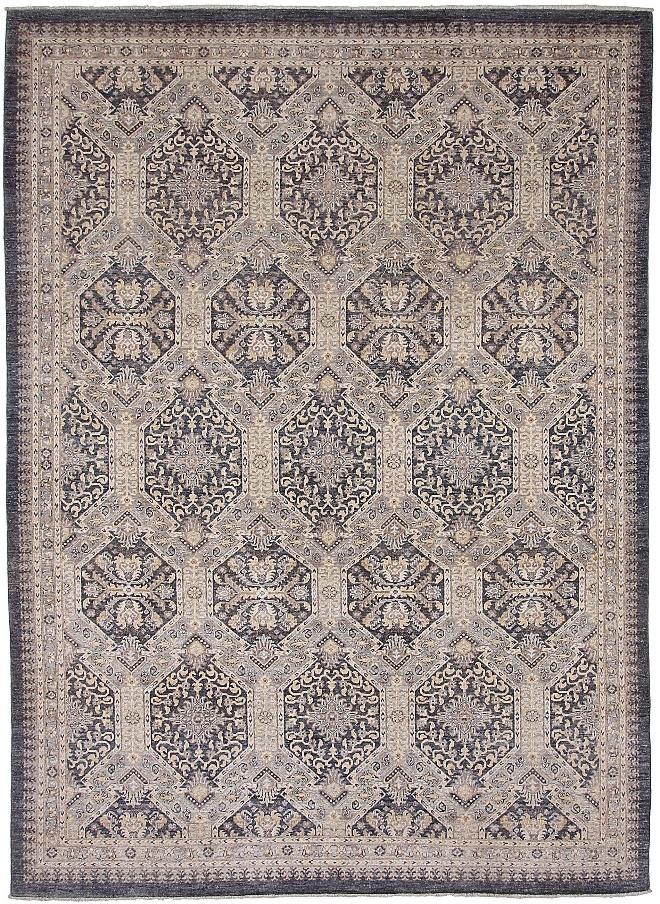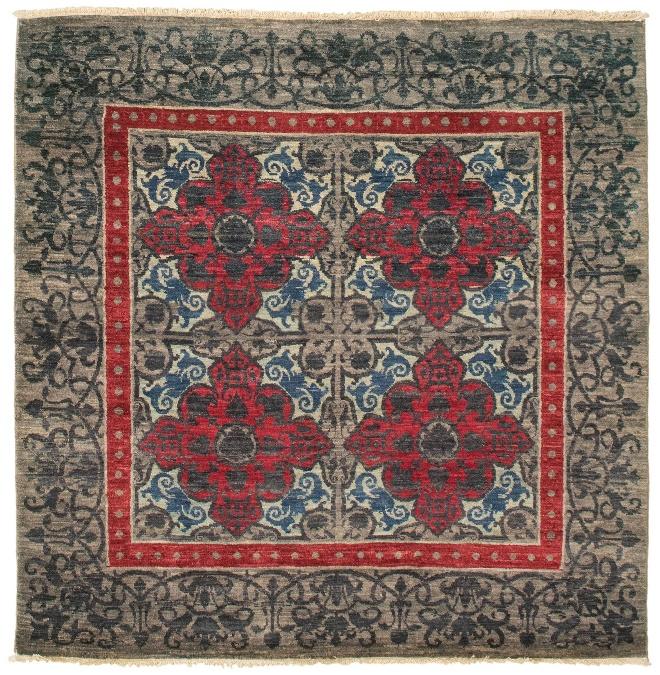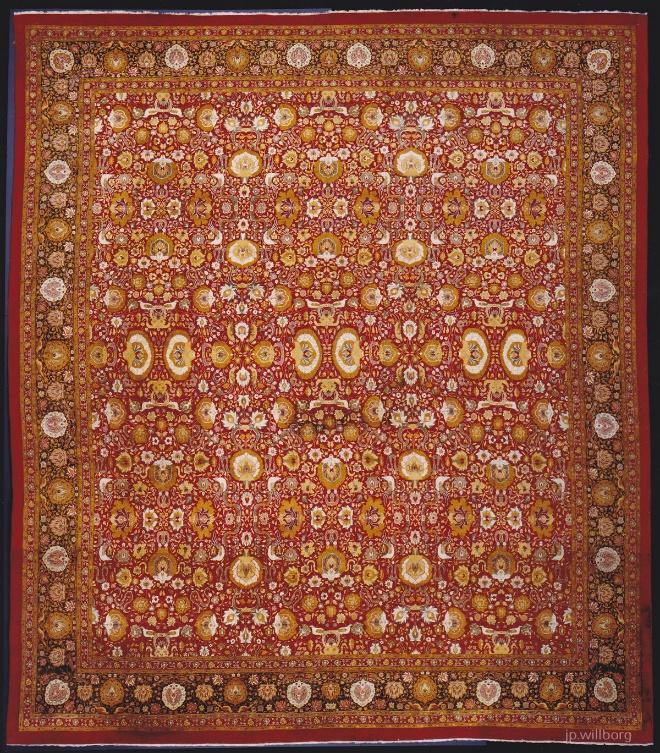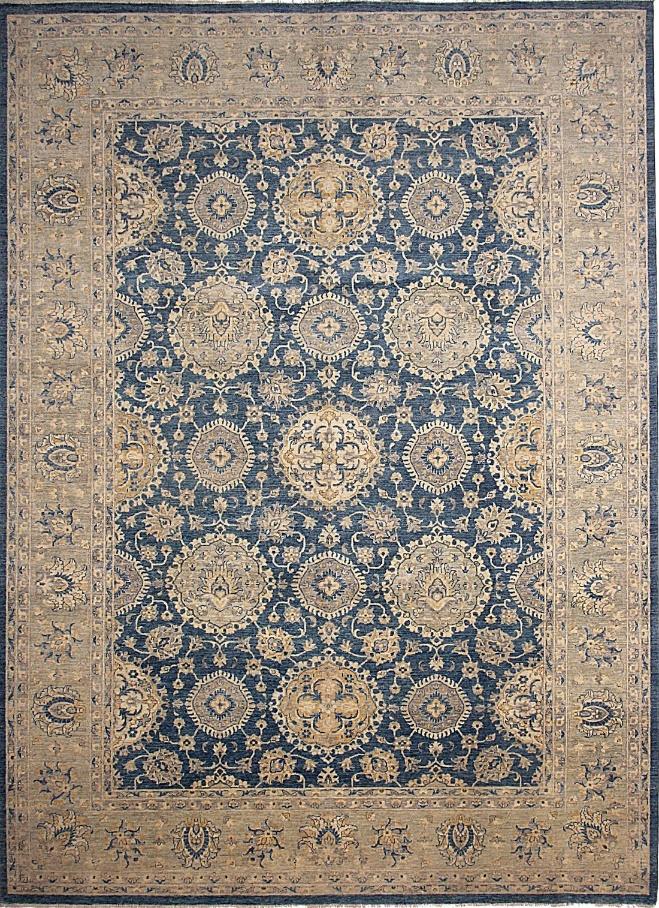Lahore Rugs
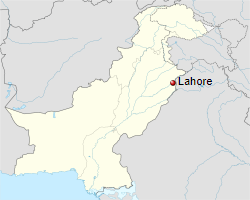
Punjab is an ancient region north of the Indian subcontinent. The name means in Persian “five waters” meaning ‘the land of five rivers’. The capital of Pakistani Punjab is Lahore, a cultural, historical, economic and cosmopolitan center of Pakistan where the country’s cinema industry, and much of its fashion industry, are based.
According to Hindu legend, Lahore’s name derives from Lavpur or Lavapuri (“City of Lava”) and is said to have been founded by Prince Lava, the son of Sita and Rama.
Since the Mughal Era Lahore was a great weaving center in which Persian master weavers (mostly from Herat) established royal workshops. One of the best-documented examples of Lahore’s Mughal carpets called “Girdlers’ Carpet”. The carpet was ordered by Robert Bell from the Royal workshops in Lahore in 1634. It was gifted to the Worshipful Company of Girdlers.
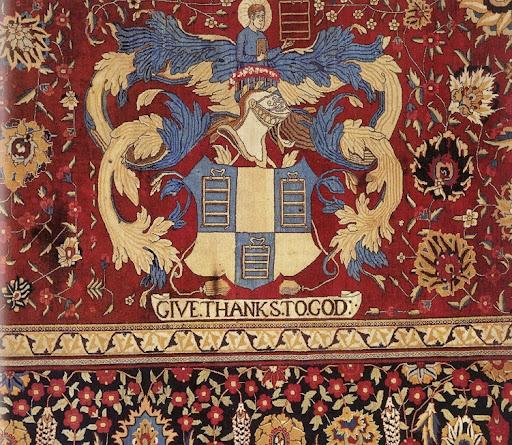
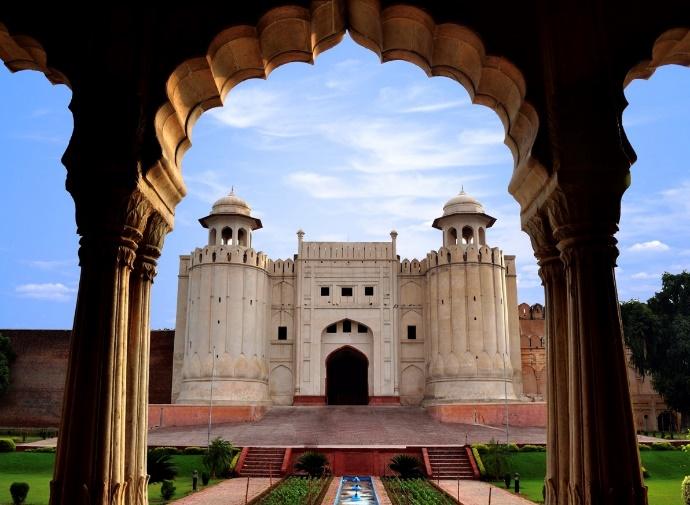
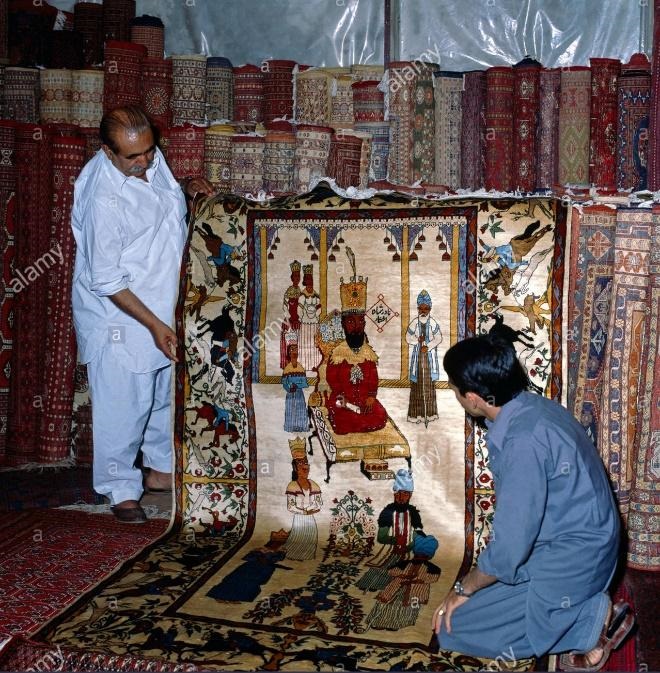
Technical aspects and the structure of Lahore Rugs
Antique Lahore rugs are famous for their intricacy of weave and high quality silk. Nineteenth-century rugs of Lahore may be woven by the prisoners kept in the Lahore Prison. Knot count of these antique pieces may reach to 300 per square inch.
Today, Lahore rugs (mostly with Turkmen designs) are woven on a cotton foundation with woolen pile. Knots are mostly asymmetric (Persian). Various knot densities are possible. Rug and runner sizes are common. Carpet sizes may also be found.
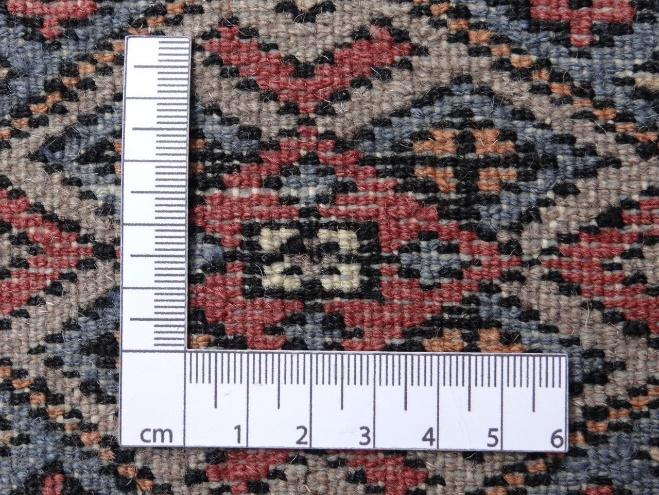
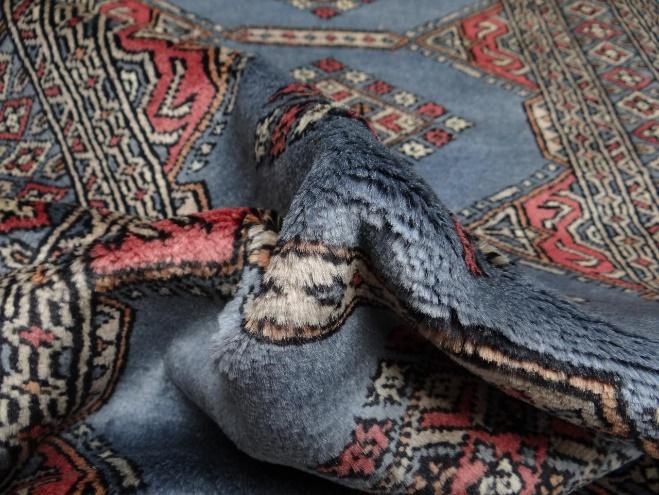


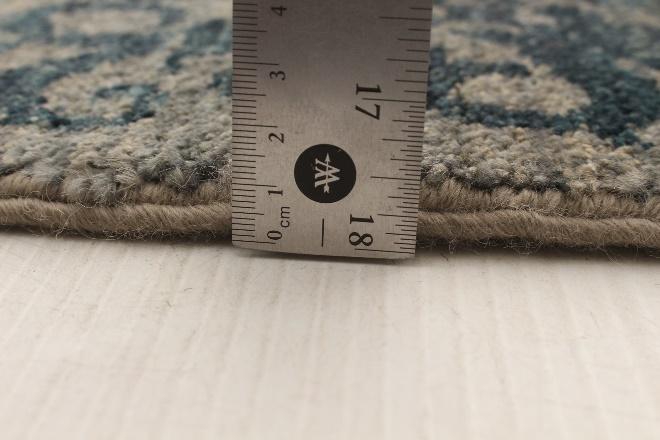

Dyeing and painting of Lahore Rugs
Pale feature is common here in Lahore. Pakistani pieces with light brown or tan as dominant color, may be called ‘chobi’. ‘chob’ is Persian for ‘wood’. Such naming is also common in Afghanistan.
Although red is the dominant color in Turkmen designs the Turkmen design copied in Pakistan may also be painted with either beige, cream, ivory, pink or grey.
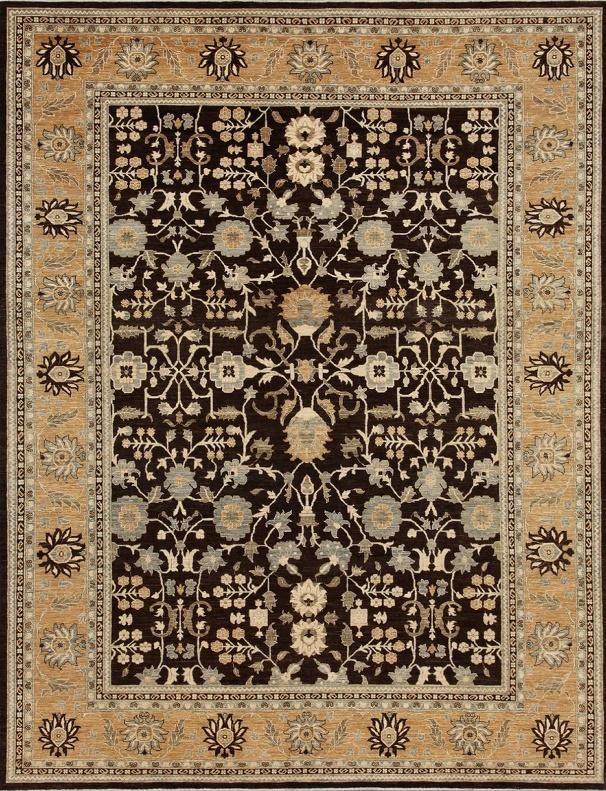

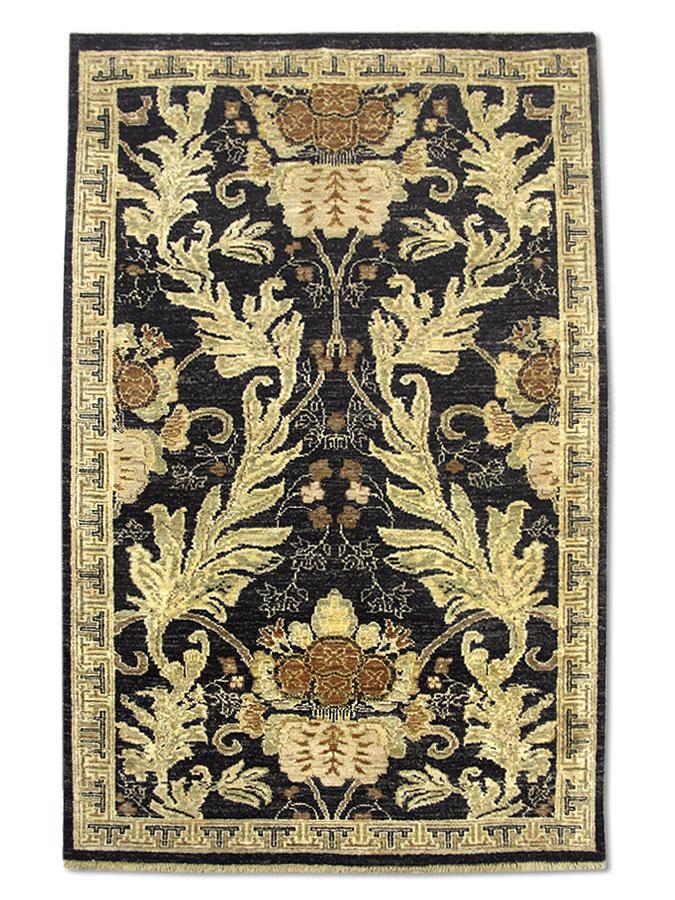
Designs and patterns of Lahore Rugs
Many Persian designs have been entered the Indian designing style during Mughal Period, leading to a new style called Indo-Persian. The style is traceable not only in carpet weaving but also in shawls, embroideries and architecture.
Lahore used to be a major source of rugs for the British East India Company. These pieces have been designed with Indo-Persian floral patterns as well as western emblems and coats of arms.
Today the bulk of Pakistan’s productions are designed with Turkmen designs. Lots of Turkmen designs used in Lahore. Being attributed to the Tekke tribe these designs may be called ‘Bokhara’. Persian designs still may be copied in Lahore.
